What product is obtained when toluene is treated with Cl in the presence of light.
To determine the product obtained when toluene is treated with chlorine (Cl2) in the presence of light, we can follow these steps:
Step 1: Identify the Reactants
The reactants in this reaction are toluene (C6H5CH3) and chlorine gas (Cl2). Toluene consists of a benzene ring (C6H5) with a methyl group (CH3) attached to it.
Step 2: Understand the Reaction Conditions
The presence of light indicates that this reaction will proceed via a free radical mechanism. Light provides the energy needed to break the Cl-Cl bond, generating chlorine radicals (Cl•).
Step 3: Initiation of the Reaction
When Cl2 is exposed to light, it dissociates into two chlorine radicals:
Cl2light−−→2Cl∙
Step 4: Free Radical Substitution
The chlorine radical can abstract a hydrogen atom from the methyl group of toluene. This is a free radical substitution reaction:
C6H5CH3+Cl∙→C6H5CH2Cl+H∙
Step 5: Final Product
The product formed from this reaction is benzyl chloride (C6H5CH2Cl). The benzene ring remains unchanged, and one hydrogen atom from the methyl group is replaced by a chlorine atom.
Conclusion
The product obtained when toluene is treated with Cl2 in the presence of light is benzyl chloride (C6H5CH2Cl).
---
The reactants in this reaction are toluene (C6H5CH3) and chlorine gas (Cl2). Toluene consists of a benzene ring (C6H5) with a methyl group (CH3) attached to it.
The presence of light indicates that this reaction will proceed via a free radical mechanism. Light provides the energy needed to break the Cl-Cl bond, generating chlorine radicals (Cl•).
When Cl2 is exposed to light, it dissociates into two chlorine radicals:
Cl2light−−→2Cl∙
The chlorine radical can abstract a hydrogen atom from the methyl group of toluene. This is a free radical substitution reaction:
C6H5CH3+Cl∙→C6H5CH2Cl+H∙
The product formed from this reaction is benzyl chloride (C6H5CH2Cl). The benzene ring remains unchanged, and one hydrogen atom from the methyl group is replaced by a chlorine atom.
The product obtained when toluene is treated with Cl2 in the presence of light is benzyl chloride (C6H5CH2Cl).
Topper's Solved these Questions
- BOOK - MODERN PUBLICATIONCHAPTER - HALOALKANES AND HALOARENESEXERCISE - REVISION EXERCISE (Very short Answer Questions) (CBSE Qs....)10videos
HALOALKANES AND HALOARENES
- BOOK - MODERN PUBLICATIONCHAPTER - HALOALKANES AND HALOARENESEXERCISE - REVISION EXERCISE (Short Answer Questions)30videos
HALOALKANES AND HALOARENES
- BOOK - MODERN PUBLICATIONCHAPTER - HALOALKANES AND HALOARENESEXERCISE - REVISION EXERCISE (Objective Questions) (Assertion Reason questions)8videos
HALOALKANES AND HALOARENES
- BOOK - MODERN PUBLICATIONCHAPTER - GENERAL PRINCIPLES AND PROCESSES OF ISOLATION OF ELEMENTSEXERCISE - COMPETION FILE (Integer Type Numerical Value Type Questions)5videos
GENERAL PRINCIPLES AND PROCESSES OF ISOLATION OF ELEMENTS
- BOOK - MODERN PUBLICATIONCHAPTER - ORGANIC COMPOUNDS CONTAINING NITROGEN EXERCISE - UNIT PRACTICE TEST5videos
ORGANIC COMPOUNDS CONTAINING NITROGEN
Similar Questions
Knowledge Check
- Question 1 - Select One
The major product obtained when - Butane is treated with bromine in the presence of light is
ACH3−CH2−CH2−CH2−BrB C
C D
D
- Question 2 - Select One
What is the chief product obtained when n-butane is treated with Br2 in the presence of light at 130∘C?
A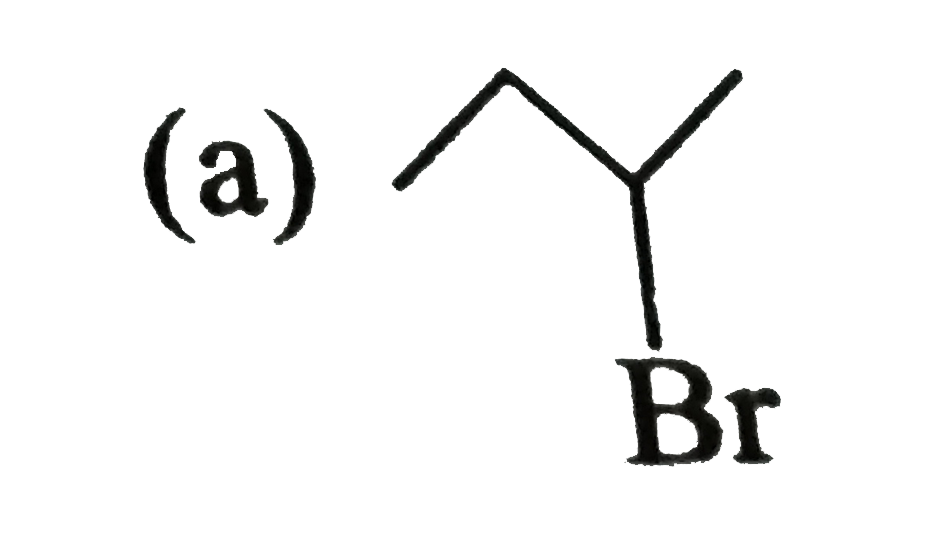 B
B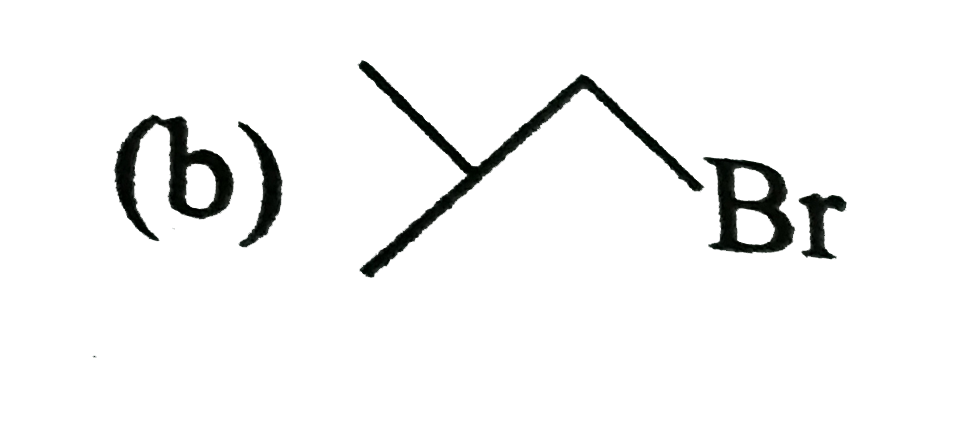 C
C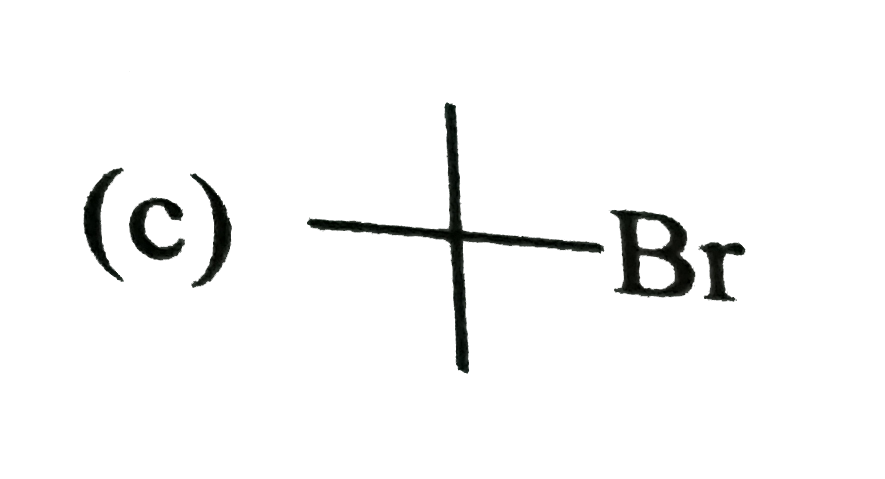 D
D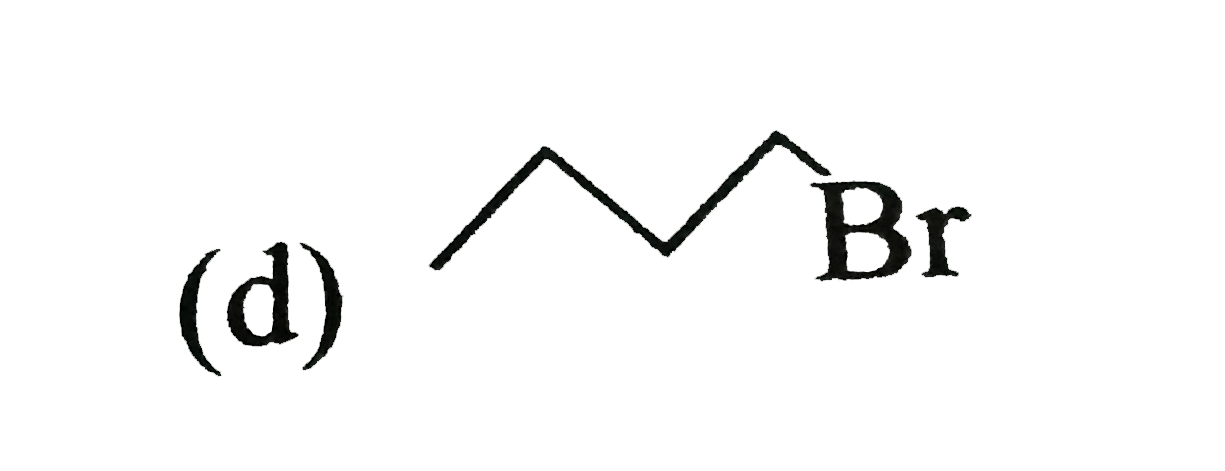
- Question 3 - Select One
What is the chief product obtained when n-butane is treated with bromine in the presence of light at 130°C
ACH3−CH2−C∣CH3H−BrBCH3−C∣CH3H−CH2−BrCCH3−CH3∣C∣CH3−BrDCH3−CH2−CH2−CH2−Br
What is the chief product obtained when n-butane is treated with bromine in the presence of light at 130∘C?
View SolutionWhat is the chief product obtained
when n-butane is treated with bromine
in the presence of light at 130∘CView SolutionThe major product is formed when toluene si reacted with chlorine in the presence of halogen carrier.
View SolutionWhat products are formed when m-xylene is treated with Br2 in the presence of FeBr3 ?
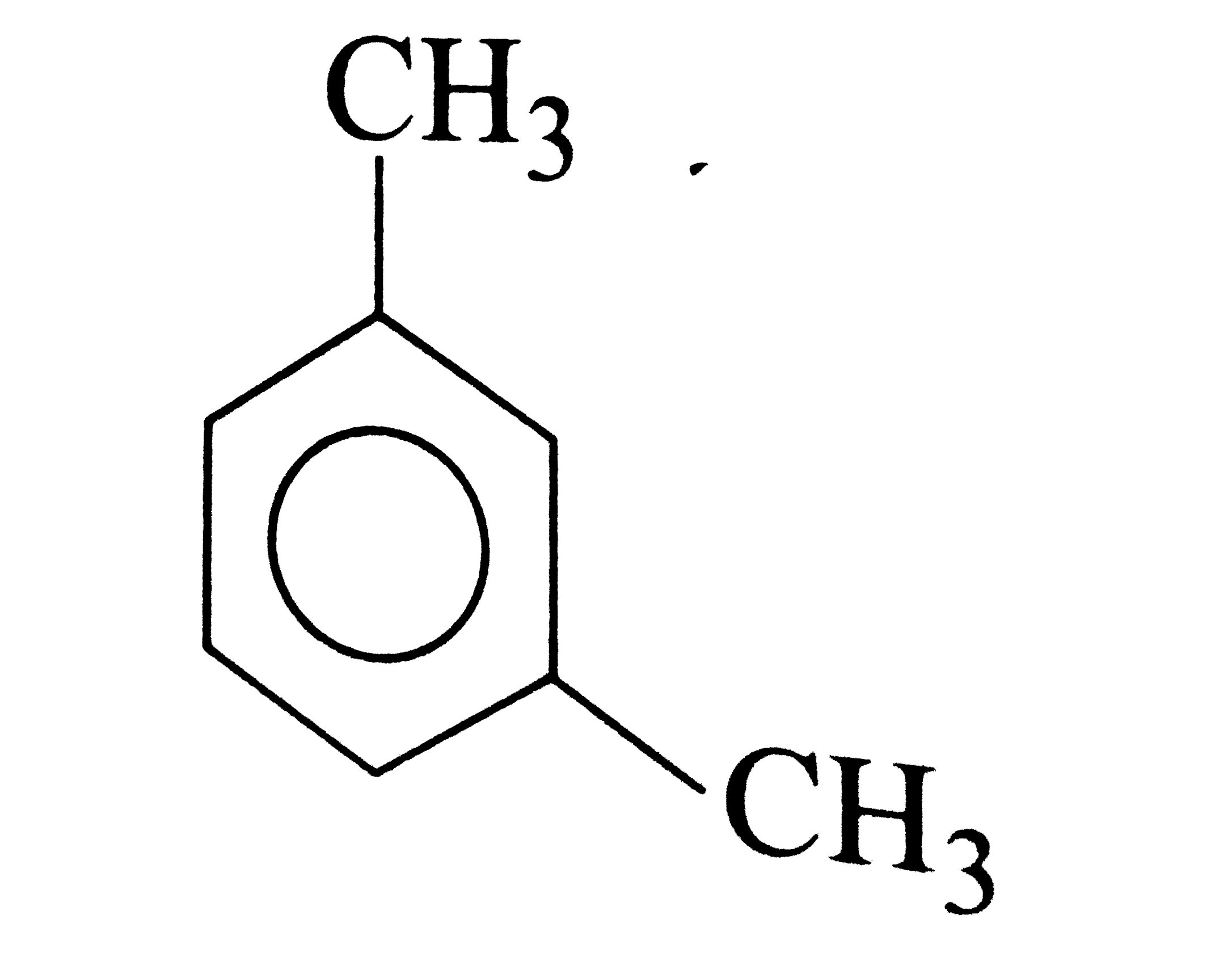 View Solution
View SolutionToluene reacts with chlorine in the presence of light to give
View Solution

